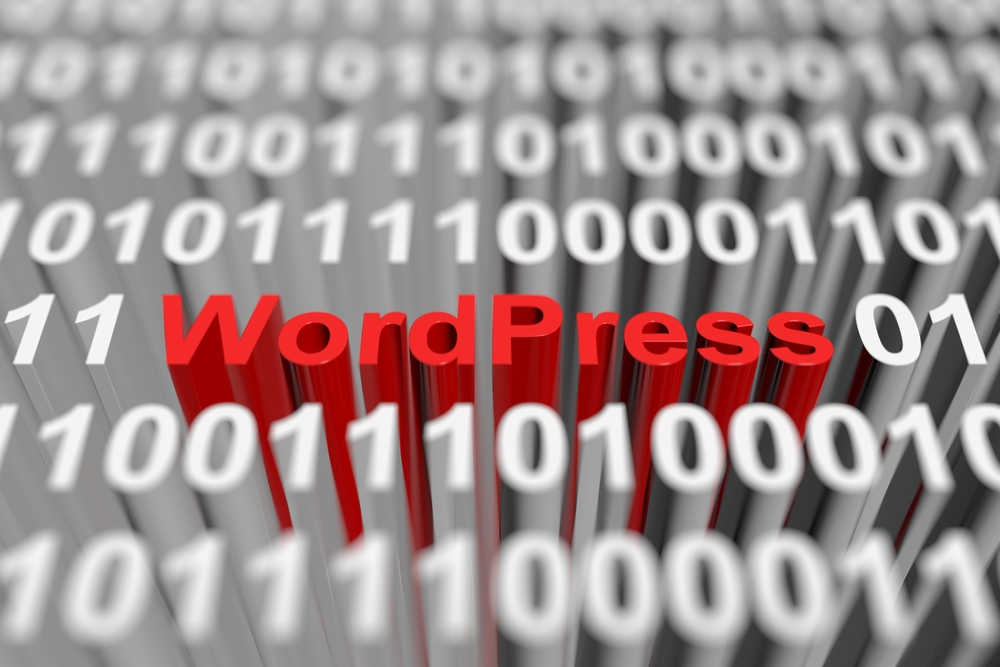
Creating a successful blog that attracts readers and keeps them engaged is no easy blog website feat. With millions of blog vying for attention on the internet, it's important to set yours apart from the rest. Whether you're a seasoned blogger looking to take your blog to the next level or just starting out, these top tips will help you create a blog that is both engaging and successful.
Know Your Audience
One of the most important aspects of creating a successful blog is knowing your audience. Before you start writing, take the time to research who your target audience is and what they are interested in. Consider their demographics, interests, and pain points, and tailor your content to meet their needs. By understanding your audience, you can create content that resonates with them and keeps them coming back for more.
Create High-Quality Content
Quality content is key to attracting and retaining readers. Make sure your blog posts are well-written, informative, and engaging. Use a clear and concise writing style, and break up your content with headers, bullet points, and images to make it easy to read. Additionally, make sure your content is relevant and up-to-date, and provides value to your readers.
Utilize SEO
Search engine optimization (SEO) is essential for driving traffic to your blog. Make sure to use relevant keywords throughout your content to help search engines find and rank your blog. Additionally, optimize your blog posts for SEO by using meta descriptions, title tags, and alt text for images. This will help improve your blog's visibility in search engine results and attract more readers.
Promote Your Blog
Creating high-quality content is only half the battle - you also need to promote your blog to attract readers. Share your blog posts on social media, participate in online communities and forums, and collaborate with other bloggers to increase your blog's visibility. Additionally, consider implementing email marketing to reach out to your audience directly and drive traffic to your blog.
Engage with Your Readers
Building a successful blog is not just about creating content - it's also about engaging with your readers. Respond to comments on your blog posts, ask for feedback, and encourage discussion to create a sense of community around your blog. By engaging with your readers, you can build relationships, increase loyalty, and keep them coming back for more.
Monitor Your Analytics
Tracking your blog's performance is crucial for understanding what is working and what isn't. Use analytics tools to monitor your blog's traffic, engagement, and conversion rates. Analyze this data to identify trends, track your progress, and make data-driven decisions to improve your blog's performance.
Stay Consistent
Consistency is key when it comes to building a successful blog. Set a regular posting schedule and stick to it to keep your readers engaged and coming back for more. Whether you post once a week or once a day, make sure to stay consistent and provide your readers with fresh, high-quality content on a regular basis.
Interact with Other Bloggers
Networking with other bloggers is a great way to increase your blog's visibility and attract new readers. Attend blogger events, participate in collaborative projects, and guest post on other weblog site to expand your reach and connect with new audiences. By building relationships with other bloggers, you can share audiences, cross-promote each other's content, and grow your blog's following.
Experiment and Adapt
Creating a successful blog is a learning process, and it's important to be willing to experiment and adapt. Try new types of content, different posting schedules, and various promotion strategies to see what works best for your blog. Pay attention to your analytics, gather feedback from your readers, and be willing to make changes to improve your blog and keep it engaging and successful.
Frequently Asked Questions
1. How often should I post on my blog?
The frequency of your blog posts will depend on your audience and your content. Some bloggers post daily, while others post weekly or even monthly. The key is to find a posting schedule that works for you and stick to it consistently.
2. How long should my blog posts be?
There is no one-size-fits-all answer to this question, as the ideal length of a blog post will depend on your audience and your content. Some blog posts may be short and to the point, while others may be longer and more in-depth. The key is to focus weblog website on quality over quantity and provide value to your readers.
3. How can I monetize my blog?
There are many ways to monetize your blog, including affiliate marketing, sponsored posts, selling digital products or services, and displaying ads. Experiment with different monetization strategies to see what works weblog best for your blog and your audience.
4. How can I increase engagement on my blog?
To increase engagement on your blog, interact with your readers through comments, social media, and email. Encourage discussion, ask for feedback, and create a sense of community around your blog. Additionally, create high-quality content that resonates with your audience and provides value to them.
5. How can I track my blog's performance?
There are many analytics tools available that can help you track your blog's performance, including Google Analytics, WordPress Stats, and social media insights. Use these tools to monitor your blog's traffic, engagement, and conversion rates, and use this data to make informed decisions to improve your blog's performance.
Other useful resources